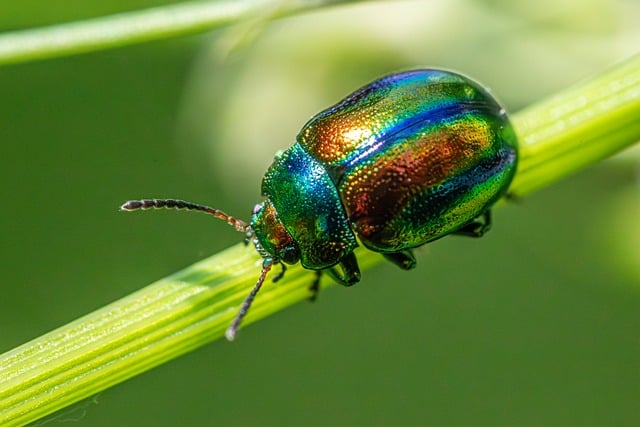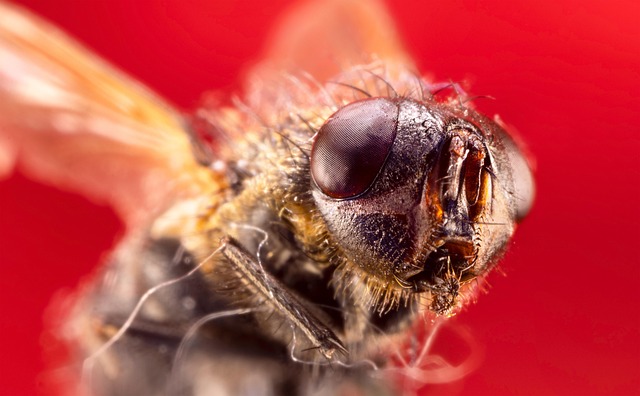In Sheridan, facing West Nile virus prevalence, residential mosquito control is key. By combining IPM techniques like eliminating breeding grounds and using physical barriers with community efforts, residents protect both public health and local ecosystems. These strategies are essential for preventing mosquito-borne illnesses like WNV through proactive measures.
In Sheridan, effective residential mosquito control is essential for both public health and quality of life. This article delves into a comprehensive pest control strategy, focusing on raccoon exclusion as a key component in reducing mosquito populations. By understanding the critical role of raccoons in transmitting diseases like West Nile Virus, homeowners can implement robust measures to protect their communities. We explore practical, integrated pest management techniques tailored for residential areas, emphasizing the importance of prevention in Sheridan’s fight against mosquitoes and associated health risks.
- Understanding Raccoon Exclusion and Its Role in Mosquito Control
- Implementing Effective Residential Mosquito Control Strategies
- Preventing West Nile Virus Transmission through Integrated Pest Management
Understanding Raccoon Exclusion and Its Role in Mosquito Control

Raccoon exclusion plays a pivotal role in comprehensive residential mosquito control strategies, particularly in areas like Sheridan where preventing the transmission of diseases such as West Nile virus is paramount. By understanding the behavior and habitat of raccoons, pest control professionals can implement effective plans to keep these creatures at bay. Mosquitoes breed in standing water, and raccoons are known to disrupt this breeding ground by feeding on mosquitoes and their larvae. Excluding raccoons from residential areas helps maintain a balanced ecosystem and reduces the risk of mosquito-borne diseases.
In Sheridan, where residential mosquito control is essential for public health, raccoon exclusion plans should focus on sealing entry points into homes and structures. This involves installing or repairing screens on windows and doors, ensuring proper ventilation to prevent odors that might attract raccoons, and maintaining clean yards by removing potential hiding spots and food sources. By implementing these measures, residents can contribute to a healthier environment, reducing the risk of mosquito-borne diseases like West Nile virus transmission.
Implementing Effective Residential Mosquito Control Strategies

In Sheridan, where the presence of West Nile virus has been documented, implementing robust residential mosquito control strategies is paramount to protecting public health. Beyond traditional methods like spraying, residents can take proactive steps to prevent mosquito breeding grounds around their homes. This includes eliminating standing water in buckets, flower pots, and other containers, as mosquitoes require just an inch of water to breed. Regularly cleaning birdbaths and ensuring proper drainage systems are in place are effective measures that significantly reduce local mosquito populations.
Moreover, using insect repellents when outdoors during peak mosquito activity hours and installing window screens can further mitigate the risk of West Nile virus transmission. Planting mosquito-repelling herbs like citronella or lavender around homes can also provide natural protection. Community efforts to manage mosquito control, such as coordinated spraying programs or the installation of bat houses (which naturally feed on mosquitoes), contribute to a comprehensive strategy that protects both residents and local ecosystems from this potentially dangerous disease.
Preventing West Nile Virus Transmission through Integrated Pest Management

In Sheridan, residential mosquito control is a crucial aspect of preventing the transmission of the West Nile Virus (WNV). Integrated Pest Management (IPM) strategies play a pivotal role in reducing mosquito populations and minimizing health risks associated with WNV. By adopting comprehensive IPM approaches, homeowners and local authorities can effectively manage mosquito breeding sites and protect communities from potential vector-borne diseases.
One key element of this process involves identifying and eliminating standing water sources where mosquitoes breed. This includes regular cleaning of birdbaths, flower pots, buckets, and other containers that may collect stagnant water. Additionally, implementing physical barriers like window screens and door nets can prevent mosquitoes from entering homes. In areas prone to mosquito-borne illnesses like WNV, proactive residential mosquito control measures are essential to safeguard public health.
Raccoon exclusion plays a pivotal role in comprehensive residential mosquito control plans, especially for preventing West Nile Virus transmission in areas like Sheridan. By implementing effective strategies, residents can significantly reduce mosquito populations and minimize health risks associated with these carriers of the West Nile Virus. Integrating pest management techniques, combined with robust raccoon exclusion measures, is key to creating a safer environment for folks living in bustling Sheridan communities.
